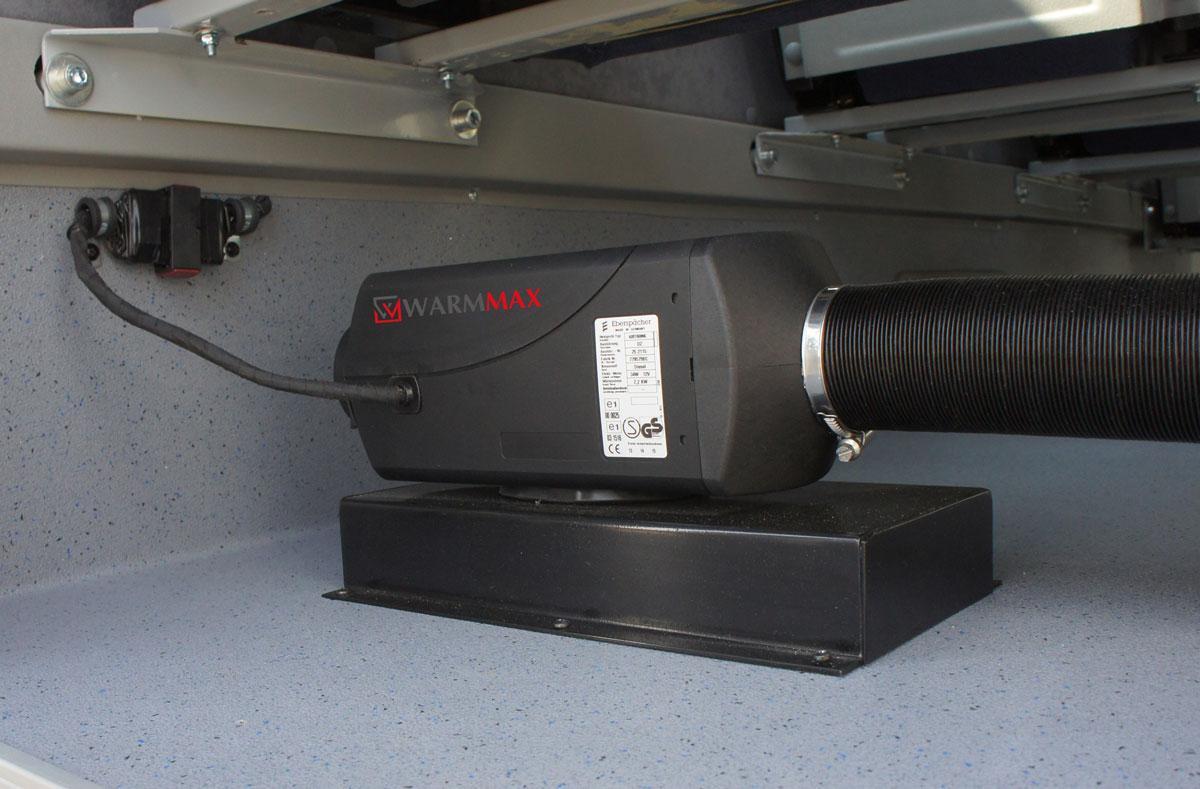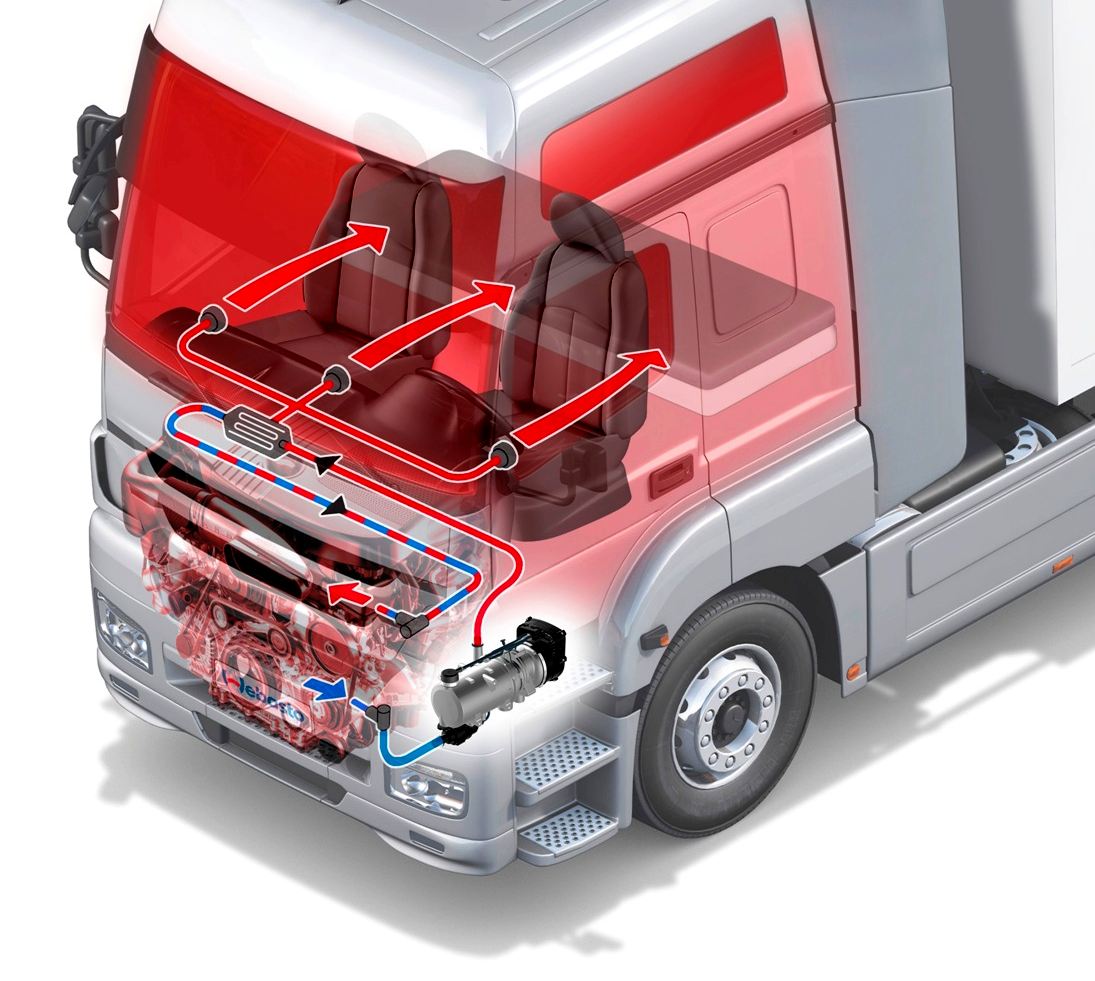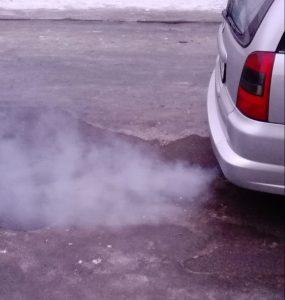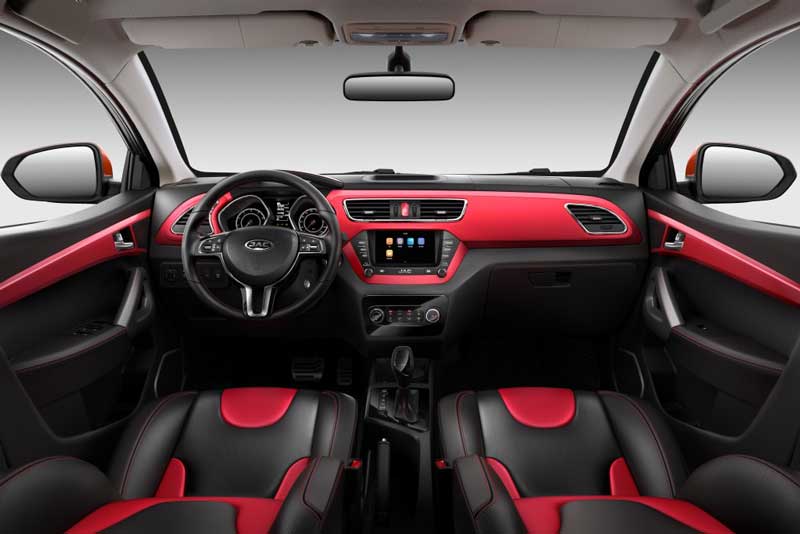
Autonomous heater in a car: classification, how to install it yourself
Content
The air heater is powered by the onboard power supply. Liquid as a power source can use gasoline or diesel (from the car's own bank or fuel system), there are models that run on propane.
Despite the constantly predicted global warming, the winters of the country's regions remain quite cold. For this reason, installing an autonomous heater on a car with your own hands is a topic that is consistently popular on car forums. Let's try to understand the nuances of selection and installation.
What you need to know about an autonomous car heater
We are talking about devices that operate independently of the engine of the machine. Their main purpose is to create comfortable conditions for a person in the car. Most often, two categories of motorists resort to installing a heater: truck drivers and owners of diesel cars. The former need autonomous heating of the cab in winter to save fuel in parking lots, the latter suffer from long warm-up at idle - it is practically useless to heat passenger diesel engines with a regular stove on the spot.

Autonomous cabin heating in winter
All heaters can be divided into two large groups depending on the principle of operation:
- Air. In fact, with their design, they completely repeat the electric hair dryers that are massively installed by manufacturers on modern diesel cars. Such a heater works from the main or additional battery. The principle of operation is simple - air is driven through a nozzle with hot spirals and heated. Such devices are convenient in operation, but are more suitable for vehicles operated in the south, the middle lane.
- Liquid. Dual purpose devices. They are connected to the engine cooling system and warm up not only the interior, but also the internal combustion engine itself. That is why it is liquid pre-start autonomous heaters that are most in demand among residents of the northern regions. A warm engine starts much easier, its resource and fuel are saved. For this reason, it is massively preferred to install it on trucks operated in northern mineral deposits. At extreme temperatures, such products work by supplementing the standard cab heating.
Do-it-yourself installation of an autonomous heater on a car: installation diagram
We warn you right away - the points of connection to the on-board network and the sections of the tie-in to the engine cooling system depend on the specific brand, model and layout of the cab and engine compartment, as well as on the features and principle of operation of the autonomous heater itself.

Do-it-yourself installation of an autonomous heater on a car
So we will describe only general recommendations that we advise you to follow when installing equipment with your own hands.
For passenger car
The approximate sequence of work looks like this:
- We determine the tie-in point to the fuel line (if the autonomous heater does not have its own tank). For wiring, we strongly recommend using a copper or steel tube of a suitable diameter.
- The fuel line must be securely fastened so that it does not dangle when driving and there is no risk of rubbing during operation of a car. It is strictly forbidden to lay the track so that it is adjacent to the details of the exhaust system of both the machine and the heater itself. After starting, they warm up, and failure to comply with this rule is fraught with a fire.
- Consider the location of the tie-in to the on-board power supply, providing for the installation of a fuse - its value directly depends on the amount of current consumed.
- We recommend that the heater control panel be displayed on the dashboard of the car - this way it is easier to use. Since in passenger cars it is not always appropriate to make changes to the design of the center console, the controls can be disguised using the "glove compartment".
- Exhaust hoses must be installed in such a way that when the device is in operation, the exhaust is not drawn into the passenger compartment. In many cases, they are brought out under the right or left wheel, laying a path in the engine compartment.
- Insert into the engine cooling system strictly according to the manufacturer's instructions.
By truck
Installing a heater on trucks in general terms is no different from installing it on a passenger car. There is only one important nuance - special attention should be paid to the exhaust outlet. If on cars it can only be taken down, then in the case of cargo vehicles, everything is different. Experienced truckers recommend installing it so that the path goes up along the side wall of the cab. In this case, you can fearlessly leave the heater on at night parking, without worrying about the ingress of exhaust gases into the passenger compartment.

Mounting a heater on trucks
Where to install the heater
There are few options here. Moreover, all manufacturers indicate only one suitable place - installation should be carried out strictly in the engine compartment. The specific installation location depends only on the density of the assembly of the units in the engine compartment. We also do not recommend forgetting that the heater must be serviced and repaired within the time specified by the manufacturer - for this reason, we recommend installing the device so that it has access. If a hand climbs to its main units, the installation can be considered successful.
The cost of installing an autonomous heater
In most cases, experienced motorists prefer to entrust such work to experienced car service employees. And this is a justified decision - only if you have the necessary knowledge and experience, you can install the heater so that it is safe to use.
The cost of equipment installation depends on the model of the autonomous heater, the fuel used, the power, the type of car (it is cheaper for a passenger car), and other factors. The minimum price in Moscow is from 5 thousand for the simplest Planar air heater, which will be installed for several hours. But it will be cheaper than installing the equipment yourself, and then eliminating the shortcomings, without which, in the absence of experience, it will not be possible to do.

